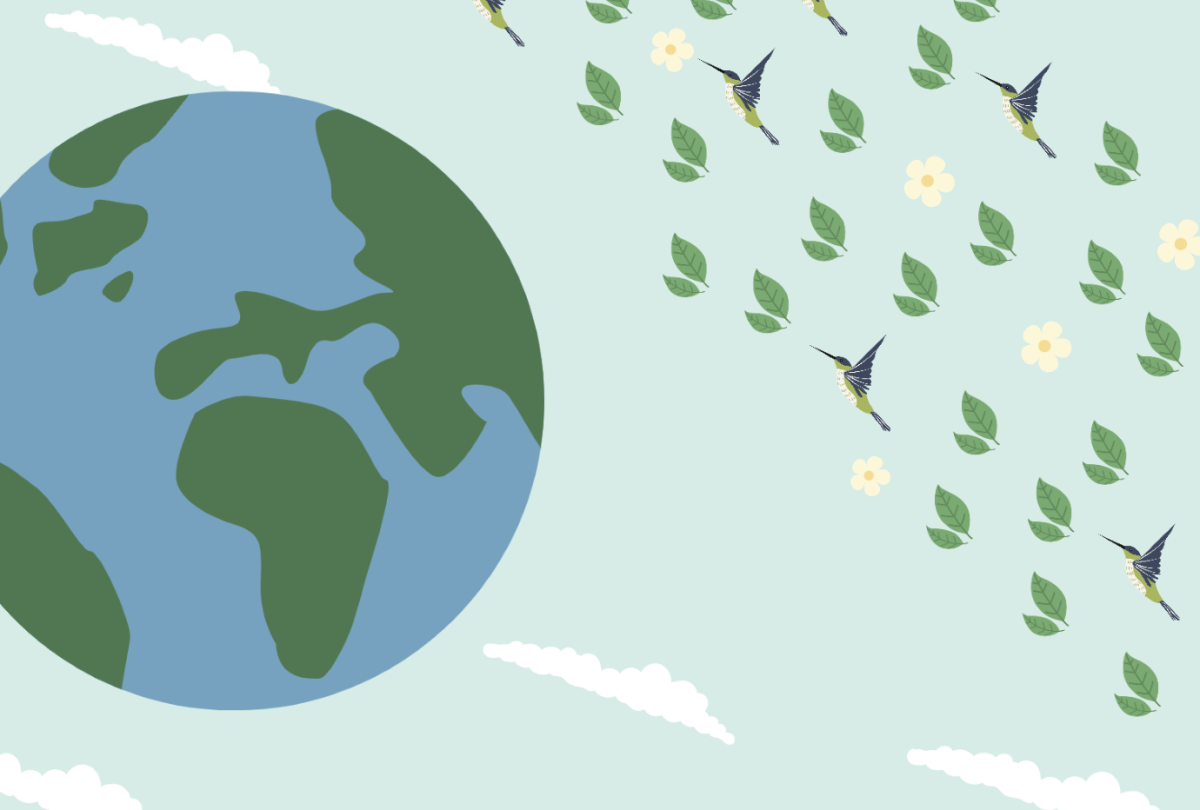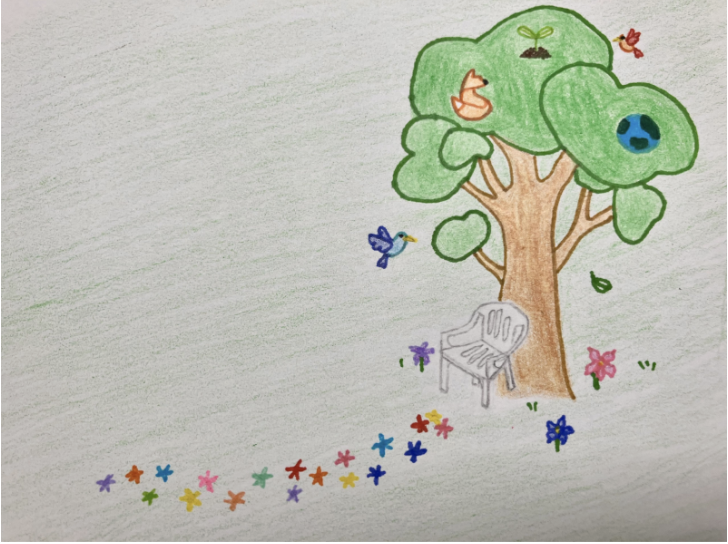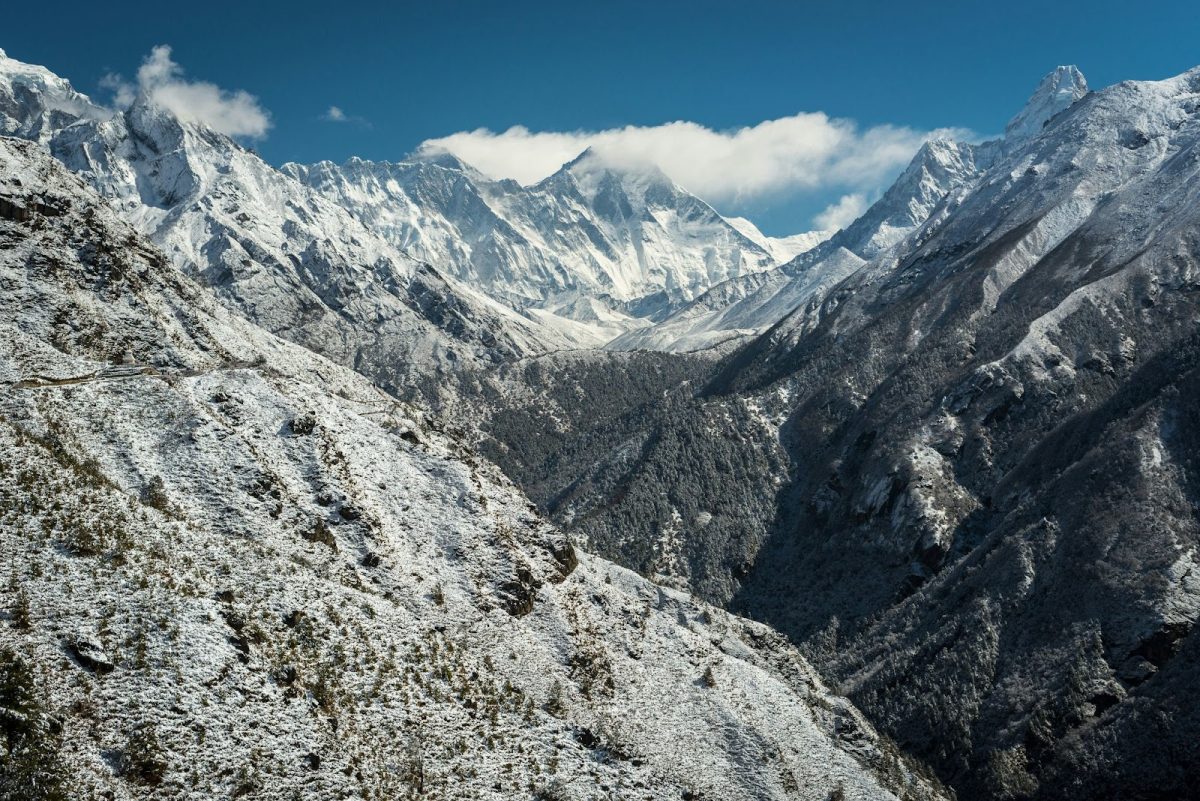Mount Everest, with a height of 8,849 meters, is the world’s tallest mountain in the world above sea level. After Edmund Hillary and Tenzing Norgay Sherpa first summited Everest in 1953, its popularity and waste levels have been increasing.
Each climbing season, which lasts through April and May, a surge of climbers, proctors and guides leave behind items such as empty oxygen cylinders, food packets, tents and other equipment. The waste continues to accumulate on the mountain, destroying the natural beauty and posing health risks for the local communities that rely on the mountain resources. Through a test on stream water and snow samples from Mount Everest, conducted between April and May 2019, researchers found that microplastics are ubiquitous in the collected snow samples. The most prevalent microplastic found in the research was polyester fiber, which was primarily from climber’s clothing, gear or tents.
Beyond visible trash, human waste is also a large problem affecting the local communities. Annually, over 5,400 kilograms of human waste are left on Everest which contaminate the different water supplies at the base camps or the people who rely on the natural resources. Rising temperatures and thinning ice result in increased opening of previously deposited waste allowing untreated waste to flow downhill to the local communities living in the region. This can cause serious health problems like Cholera, Hepatitis, Typhoid and others. Extreme weather and low oxygen levels make it difficult to remove waste, especially at the elevation above 8,000 meters, called the death zone. In the death zone, even the basic tasks become extremely challenging and thus trash in that region often accumulates over the years and mixes with the ice.
Each climber spends weeks on the mountain either by acclimating to the environment or advancing through a series of camps to reach the top. During that period of time, people on average generate about eight kilograms of human waste and for the most part the waste gets left on the mountain. To fight against this, the Government of Nepal implemented a deposit initiative requiring climbers to deposit $4,000, with refunds offered if the person returns with 8 kilograms of garbage, which is the average amount that a single person produces during the climb.
Moreover, in 2019 the Nepalese Government launched a large scale cleanup operation that removed over 10 tons of trash with the help of the army, locals, volunteers and guides. However, the extreme altitude, thin air and unpredictable weather make it nearly impossible to remove all the waste, especially from higher camps. The Sagarmatha Pollution Control Committee (SPCC), a non-governmental organization, has also been working with Nepalese climbers, guides, locals to install trash bins and promote waste management practices. They help to manage waste on Mount Everest and ensure the climbers have legal permission to climb and educate the visitors on taking care of the environment.
Lastly, Nepal’s economy is highly dependent on tourism, which helps the locals to generate income and sustain their life. But, if the trash keeps on increasing and a sustainable solution is not generated as soon as possible, it may affect the regional communities and the country’s economy as a whole.


















































































